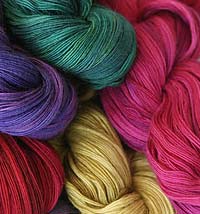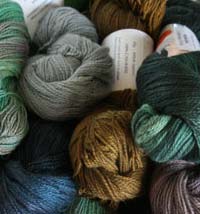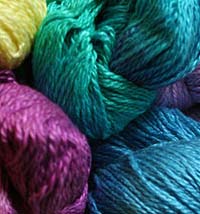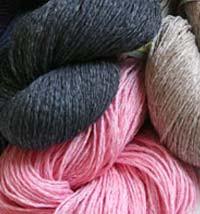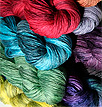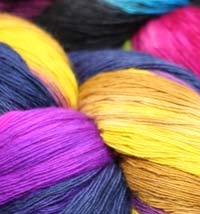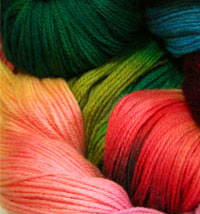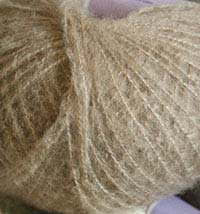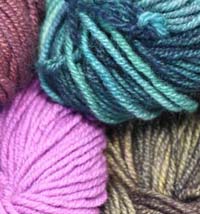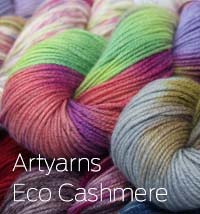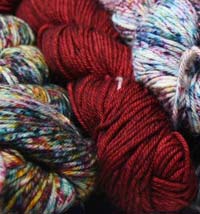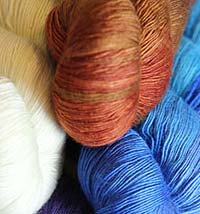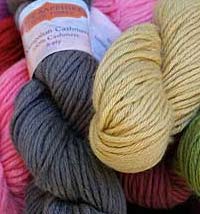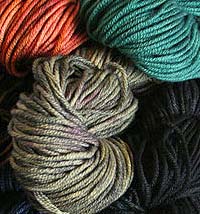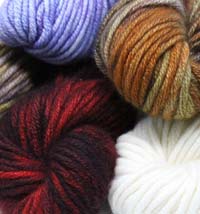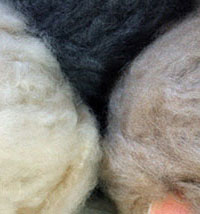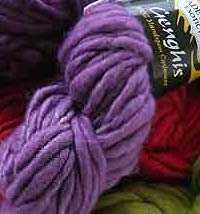CASHMERE YARN
LACE CASHMERE YARN
FINGERING + SOCK WEIGHT CASHMERE YARN
DK + SPORT WEIGHT CASHMERE YARN
WORSTED + ARAN WEIGHT CASHMERE YARN
BULKY WEIGHT CASHMERE YARN
What is Cashmere Yarn?
Real Cashmere yarn from Mongolian cashmere goats is an extraordinary fiber with low bulk and high loft that knits up to provide one of the warmest, softest and most comfortable garments possible. Knitters can choose from 100% cashmere yarns from Jade Sapphire and Artyarns or look at lovely blends from Zen Yarn Garden, Habu and Tosh.
Cashmere Yarn: The Ultimate Knitting Experience
Cashmere Yarn is one of those yarns that you grow into—many knitters take years before they splurge on this most beautiful yarn—waiting for just the right project, or until they are 'perfect knitters'. But Cashmere yarn is not just for the expert knitter—it's for fiber lovers of all kinds. And the beauty of it is (and I've just found this out through very personal experience) is that the simpler the pattern, seemingly, the more exquisite the finished project. So, in some ways, being a novice is better with cashmere. I have an excuse for not doing a pattern, not doing a cable. Just luxuriating in the incredible feel of cashmere yarn requires not a speck of talent. Not to say I'm an untalented knitter, or anything. Well, maybe a tad unpolished. But with yarn this beautiful, it's ok.
What does Cashmere come from?
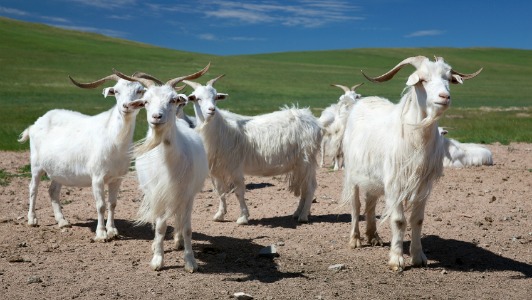
Cashmere is one of the most precious and prized commodities in the world. It comes from the downy underfleece of the cashmere goat which makes its home in the highest and most inhospitable plateaux of Mongolia and Xinjiang. Each year one goat produces a meagre 4.5 oz of under fleece, which is painstakingly combed out every spring by nomadic herdsmen. It takes the hair of one goat to make a scarf, two or three for a jumper depending on the weight; 60% of each fleece is discarded. However, it is what happens next that makes the difference between run-of-the-mill and quality cashmere.
Ever since Victorian England "discovered" the loft, warmth and feel of fabric made from Cashmere, it has been in demand for those in high society. Just pick up a novel or a fashion magazine, especially in the Fall, and you will see references to cashmere sweaters, socks, suits and shawls... all costing a lot of money. Historically, demand for these items has remained steady through feast and famine, war and peace. This is because of the wonderful feel or handle of the fiber combined with low bulk and high loft. These factors combine to make the warmest, softest and most comfortable garment money could buy.
Cashmere producing areas remained in the Himalayan region throughout the first part of the 19th century, extending east to China and west to Iran. But because of political and geographical barriers, western clothiers never saw the animals that produced the fiber; they bought cashmere in bulk, primarily from India, China, Iran and Afghanistan.

